Genre of the Week: Fantasy and Historical Fiction
The Glory of the Feudal System
All of us have heard of kings and queens, princes and princesses. Today we are going to grasp a better understanding of the feudal system and how to apply it to your writing. In the fantasy genre is can be loosely applied. However, in historical fiction, you may want to stick to a certain system that works for the story line. *Fair warning there is a lot of history in the first two bullet points, not much focuses on writing, but I felt that a history lesson was due for more background on different types of feudal systems.*
Today's Rundown:
- Western Feudal System (Middle Ages)
- Japanese Feudal System
- How to Apply Feudal System to Fantasy and Historical Fiction
- Creating Your Own System Template
Western Feudal System (Middle Ages)
The feudal system began in the Middle Ages spanning from the 5th to 12th century. This provided a tier of social political form of categorization. Governments were able to form to create unified empires. This is how it worked:
- Monarchs (Kings and Queens): Also known as feudal lords, kings and queens were charged with protecting, leading, and keeping a sense of order to everyone below them (vassals). Kings and queens believed they were placed in their position by Gods, therefore granted God's authority. Like today, monarchs vary in economic status. During the feudal system/feudalism, some monarchs had to work for their kingdom's control. Even then they may not have had enough wealth for a small army. That is where monarchs had to rely on lord and Nobels to provide them with bodies for their armies. At this time monarchs were more than just figureheads in society. England had many powerful monarchs during the feudal era, one of the most prominent families were the Germanic Saxons and the French Normans. William of Normandy, AKA William the Conqueror was the one king who brought stability to Europe.
- Lords and Nobles: Much like kings and queens, Lords/Ladies and Nobles were regarded at nobility. Many of them lived in manors while others owned multiple flats of real estate. Compared to monarchs, economic situations of nobilities ranged. Their homes had become the center of community. Because of the high walls built behind them, the community would seek refuge with their nobility. Lords tended to the community to assure their citizen's protection. Appointed officials made sure villagers carried out their duties such as farming the lord's land and paying rent. Lords also acted as judges in a manor court and had the power to punish if he saw fit. Lords fought in wars for their kings with other nobility by their side. If they did not fight, lords were responsible for finding able-bodied men to form their king's army. Nobility that did not own land spent time raising and educating their children, along with children in other families. Ladies were responsible for both their households and other households, depending on their economic state. Squires and pages also spent time at the homes of nobility to assist knights in training. Many times noble households had upwards of 100 people living inside. In their down time lords and ladies participated in hunting, hawking, feasting, dancing, board games, and reading. Ladies also enjoyed sewing and embroidery. Keep in mind, nobility such as monarchs, lords/ladies, and noblemen lived in castles and manors with very little heat sources. They were seen as gloomy and cold, only to be lit by candle light. They did not bathe as we do today, and only had a bath once a week. They were also highly affected by disease and the worries of warfare like lower status members of society.
- Knights: Making a living as mounted soldiers, knights were seen to be wealthy. Horses and armor we expensive but required for their line of work. Being vassals of nobility, knights were normally sent to war by the lords on behalf of the king. Knights endured years of training, starting at the age of 7. They started as a page/servant living at the lord's castle/manor. The lord was normally a relative to the child. There, pages/servants learned how to ride horses and religious practices, normally from a priest or frier. Pages would begin helping ladies where they would learn how to sing, dance, create music, and play the harp. After seven years with the ladies pages became squires. Then they would assist knights with their horses and armor. Knights would later teach their squires how to use weaponry to fight in battle. Squires were also expected to assist their lords on the battlefield during wartime. In their early 20s, if their lords found them deserving of the title, the squires would dubbed knights. Once the honor was received, knights were expected to act on a certain code: chivalry. Knights were expected to be loyal to their lords and ladies, the Church, and protect the helpless. For fun, knights participated in jousts and tournaments. Jousts included riding on horses and attempting to dismount the other opponent with a lance. Tournaments included one-on-one battle between knights. During battle knights fought with heavy armor with chain mail beneath it, however in the 14th century plated armor was introduced and seen as more affective. Medieval knighthood lasted until the 17th century when war changed and the use of gun powder was introduced.
- Peasants: Majority of the medieval population consisted of peasants. They did not participate at lords or vassals for the king but they were still an intricate part of the feudal structure. Peasants worked farm land and provided food for nobility, not to mention the taxes. This allowed those above them to focus more on war and protection of their community. Peasants were also classified as free or unfree, this was dependent upon the amount of service they owed to the lords. Free peasants rented their land from lords. They only lowed rent due on their land. Unfree peasants were deemed serfs farmed the fields that their lord owned and were not allowed to leave the property. Their lives revolved around chores such as farming, livestock, and other artisanal work (ex. shoemaking and metal work). Peasant women worked fields and raised their children, cared for their homes, and livestock. Not only did peasants owe the lords for their land, but taxes as well. Yearly payments were owed known as "head money", which was a fixed amount per person. When women were married off the father or the husband had a pay a tax known as merchet. Peasants had little furniture and belongings.
Their houses did not have a chimney and to keep warm they had a small fire pit, which caused the house to become smokey. Peasant houses were normally one room where everyone slept and ate, livestock was even recorded to join them. Unlike the monarchs and noble household, peasants only ate vegetables, pork, and dark bread. Very rarely did peasants eat beef or chicken. During the winter they preserved mutton and pork in salt. Herbs were used to cover the saltiness and gross taste/texture of the rotting meat.
Japanese Feudal System
Feudalism in medieval Japan lasted from 1185 CE-1603 CE. Although traces of the feudal system did start occurring with the reign the Kamakura Period. This period began in the late 12th century. *Minamoto Yoritomo is credited with creating a military government known as the Kamakura shogunate. Yoritomo became victorious against the rival of his family, the Taira Family at the battle of Dannoura (1185 CE). After Yoritomo introduced his own military administration known as bakufu to serve his imperial court.* The Kamakura period is greatly remembered by the rise of warrior classes. Warriors were taught the importance of martial skills, duty, loyalty, and bravery. Much like knightly bravery. During the Kamkura period, shoguns and military dictators replaced emperors and the imperial court.
Shogunates disbursed land to loyal subjects known as shoen that were supervised by officials known as jito (stewards) and shugo (constables).
- Emperor: Known as the figurehead, they had little power over their people and political matters. Shoguns and Daimyos were thought and treated as the true rulers of Japan. However, emperors were seen as religious leaders or gods, so they still held a great deal of respect from the people around them. 40 emperors ruled during the feudal era of Japan (Emperor Gatoba was the first and and the last was Komei). There were only 2 empresses during this time (Empress Meisho and Empress Go-Sakuramachi).
Since emperors did not have a lot of political mobility, they had more time for leisure activity such as viewing the garden, dancing, and religious ceremonies. Although they were not wealthy in power, emperors held a lot of currency so they lived luxurious lifestyles. They possessed large houses and estates with the nicest food, except for meat because of religious practices. Emperors were known to wear the best clothing: extravagant kimonos with purple silk. - Shogun: They were known as militaristic leaders, the first being Yoritomo (1147-1333 CE). He made his dominance known in 1192 CE. He affectively replaced the Japanese emperor in political power and distributed confiscated land to those who deemed fit/loyal. Shoguns were meant to be a hereditary form of government (supposed to be appointed by the emperor). Bakufu was the military government that Yoritomo put in place when the feudal system began.
Shoguns worked closely with other classes. Firstly, they were involved with civil servants that were over tax programs and administered them to the people. Secondly, Shoguns worked with the Daimyos (wealthy landowners). Thirdly, and finally, Shoguns worked with Samurai that were employed by the Daimyos. 3 Major Shoguns were Kamakura, Ashikaga, and Tokugawa. The term shogun is still informally used to refer to someone powerful behind the scenes (ex. retired prime ministers). - Daimyos: Wealthy landholders were very powerful and influential. Estates, known as shoen, were first organized into civil nobility and religious places. They were controlled by the framework of the imperial government. However when the militaristic government rose, daimyo applied to those that controlled territory. Daimyos divided multiple private estates that had been given to them by shoguns. Shugo daimyos arose in the 14th and 15th century under the guidance of Ashikaga. Shugo daimyos had limited landholding ability, but gained much of their income through taxes.
After Ashikaga, Sengoku daimyos took the place of shugo daimyos. Sengoku daimyos controlled small domains that belonged to themselves or fief and vassals. Toward the end of the 15th century, Sengoku daimyos divided Japan into small states that were belligerent toward one another. They were constantly fighting each other to gain more territory. Sengoku daimyos soon built castles where they controlled their vassals who were also smaller land owners. Sengoku daimyos fought for territory until 1568 when Oda Nobunaga began a movement of military conquests over the daimyos. These efforts were later followed out by Toyotomi Hideyoshi and completed by Tokugawa Ieyusa in 1603. Roughly 200 daimyos came under the Tokugawa family's control.
In the 16th century daimyos became even more limited to applying only territorial power and grain production. During the Tokugawa and Edo period (1603-1867), daimyos served local rulers as well as three quarters of the country that struggled with grain production. Daimyos joined their shoguns by oath and received their lands by vermilion seal. Daimyos were also classified by their relationship to the shogun. Kinsei or early modern daimyos of the Tokugawa period were different from those before them. These daimyos were regarded more as petty monarchs that ruled their domains. Daimyos divided off their estate to other vassals and were required to alternate their residence between their domains and the Edo court (Tokyo). The Tokugawa era introduced more bureaucratic principles and removed the daimyos from politics and government. - Samurai: Similar to European knights, Samurais served their daimyos. They fought honorably for their people and bring order to the community. Their code was called Bushido which translates to "way of the warrior". Their education began at a young age. They were educated on Chinese studies, poetry, and spiritual discipline. As young warriors, they studied "the way of the sword" known as Kendo along with Zen Buddhism. Young girls were also given martial arts training, but most samurai women did not fight on the battlefield. Instead they were given the task of defending the home front in their own communities.
Samurais also found great importance in their deaths and how they died. For example, if a samurai died of their own accord, on their own terms, it was seen as valiant. Since the samurai did not want to be seen as defeated in the hands of their enemy. Therefore, samurais normally chose ritual suicide known as seppuku. Samurais also took great pride in their hair. Their locks would be seen in top knot styles called chomage. The rest of their hair would lay straight on the sides. This style reduced heat when helmets were worn.
Styling of their wardrobe was also important. This displayed their status. Many of them wore everyday kimonos because crazy colors (normally worn by youth) were frowned upon. Their kimonos were normally made of silk with a loincloth beneath it. However, the quality of the kimono depended on their income. When outside the samurai wore a two piece attire called a kamishimo that was situated over their kimono. An "obi" or belt wrapped around the waist is where samurais hung their swords. Swords were always kept on the left side and removed indoors. When samurais went to town for pleasure, they often hid their faces to avoid being recognized incase they disobeyed any rules that had been given to them.
Samurais first arose as provincial warriors before the 12th century. When military dictatorship arose so did the samurais power because they backed the shoguns against the emperor. Samurais rose higher in the Kamakura period where political power shifted. Since Yorimoto's power depended heavily on the samurais those had to earn the status and be given it upon Yorimoto's request or permission. Zen Buddhism was also attractive to samurai to take on this lifestyle. Since Buddhism teaches salvation comes from within and provides philosophical background it soon became woven into the samurai lifestyle. The sword also became significant in their culture during the Kamakura period. A man's honor was believed to reside in his sword. Blades were carefully hammered with inlays of gold or silver and finished off with a sharkskin hand grab.
After Japan fell to chaos during Ashikaga Shogunate's reign feudal Japan lacked a sense of authority. It wasn't until the Tokugawa Period arose and things Japanese life became peaceful. Samurais took up more governmental and civil roles. In 1588 sword carrying was restricted to samurais which created division between them and peasants. During this period, samurais became "two sword man" where they carried one long sword and the other short. They lived on small stipend from land owners that soon dwindled over time. Samurais soon began to dwindle after Meiji Restoration.
Farmers were very prevalent in the peasant world. Farm houses were very prevalent in village society, more so than fishing and mountain communities. Each type of village had their own unique incomes compared to the similar functions and features. Three officers governed the village they were called Nanushi, Kumigashira, and Hyakusyoudai. Officers known as Honnbyakusyou managed the land and worked with farmers to prepare for disaster prevention. The goal was to protect the food resources for the higher-ups in society. Murairiyou was payed by each villager in order to assure needed resources those of higher status (like taxes). Goninngumi is a term that refers to people being placed in groups of five to have a joint responsibility of payment.
Multiple social classes were prevalent in the villages. Upper class citizens owned rice fields and the lower class lacked steady jobs. Separation of classes was not exclusive to the peasant culture, but higher statuses within the manors. Farmers had a burden called Nengu, that also served as a tax. Even though farmers grew all of the rice, they barely saw the fruits of their labor (because of high taxes). Their last resort was eating grass or millet. Because of their lack of wealth, clothes of farmers were simple, normally made from cotton or hemp. Although farmers worked hard, they were given a few days off during the year where they arm-wrestled and drank. They would also get receive breaks for annual festivals.
6. Artisans/Craftsman/Merchants: These individuals created goods for the manors. They were known to support the Edo's prosperity. Artisans were skilled in carpentry, woodworking, and cutlers (those who repair). They constantly worked with merchants to trade their goods. Merchants and artisans made up 3% of the Japanese population. These individuals were known as townspeople.
Much like those above them there were economical differences between merchants. In some cases wealthy merchants would be richer than samurais. Which said a lot considering samurais had a higher political status. Merchants and artisans resided in rows of houses known as Nagaya. They were built to only be 9.8 cubic meters in size. They were divided by center lanes were children would play.
How to Apply Feudalism to Fantasy and Historical Fiction
In both fantasy and historical fiction (depending on the time period) there are hints of the feudal system. For example, in the Witcher, there is a pecking order. Anywhere there is a kingdom present opens up the door for you to create your own system. The key is keeping it all in order, as the real life examples. In historical fiction, it is your job as the author to study which ever era you are focusing on. Yes, it is still fiction, but it is important they you have your facts straight to give your readers the best story.
That being said, there is weight in gold for being organized (something that I struggle with). Readers crave consistency and understanding. Make a game plan of who is in charge of what. You are the one creating character history, especially in fantasy. In historical fiction, you may be limited by the time period, but nothing truly limits your characters. Do not be afraid to make your own status chart and get creative with it.
Creating Your Own System Template
*Currently working on posting a larger template*
Sources: Pinterest Maria Jarco (Image 1), medievalchronicles.com (Image 2), Pinterest Natalie (Image 3), murreyandblue.wordpress.com (Image 4), google images (Image 5, 6), Pinterest (Image 7), wikipedia.org Emperor Sakuramachi (Image 8), nationalgeographic.com First Shogunate (Image 9), japanguide.com (Image 10), thoughtco.com (Image 11), kwunion.com Google images (Image 12), All That's Interesting Google Images (Image 13), Pinterest Alexandru (Image 14), artelino.com Google images (Image 15), Point House Google images (Image 16), World History Encyclopedia Google images (Image 17), world4.eu Google images (Image 18), electricliterature.com Google images (Image 19), dictionary.com (feudal system info), Britannica.com (Feudal System info, daimyo info), franklinboe.org (Feudal System info), Britannica.com (Kamakura period info), worldhistory.org (Japanese Feudalism info), legendsandchronicles.com (Emperor Info), education.nationalgeography.org (Shogun info), history.com (Samurai and Bushido info), pbs.org (Samurai info), pxu.org (Peasant and Merchant info)









/counting-the-compensation-money-for-the-murder-of-mr-richardson--japan--1863--463986975-5c414db946e0fb0001708316.jpg)
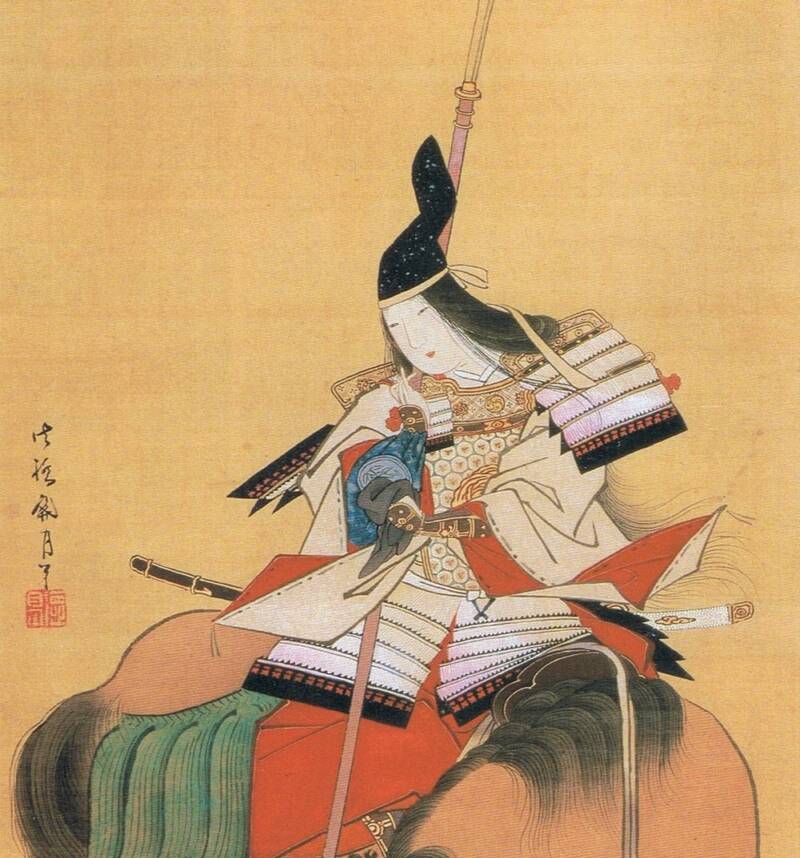


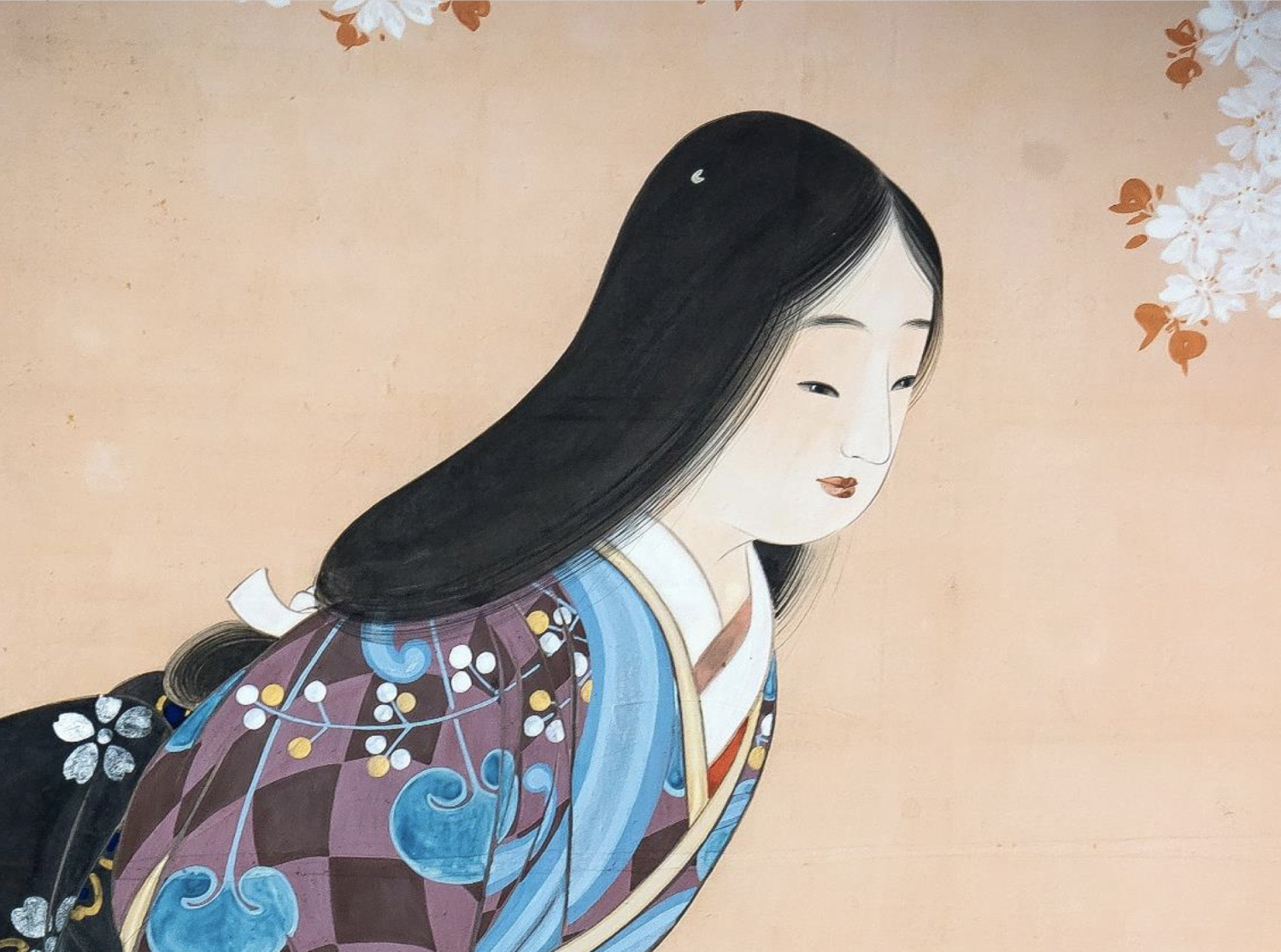

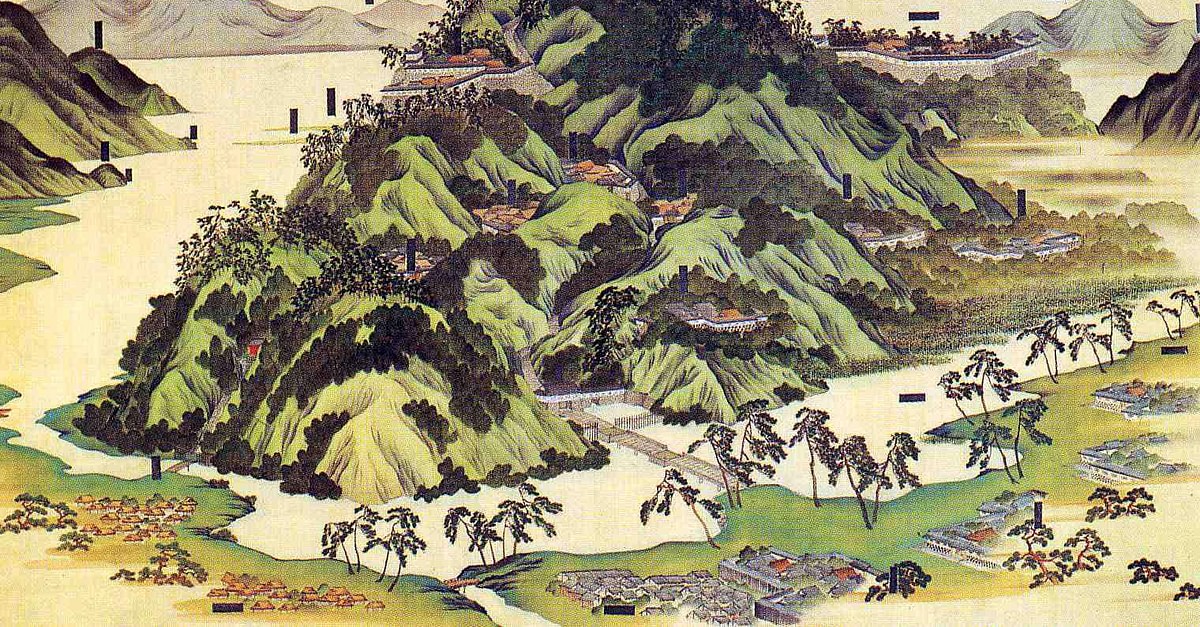
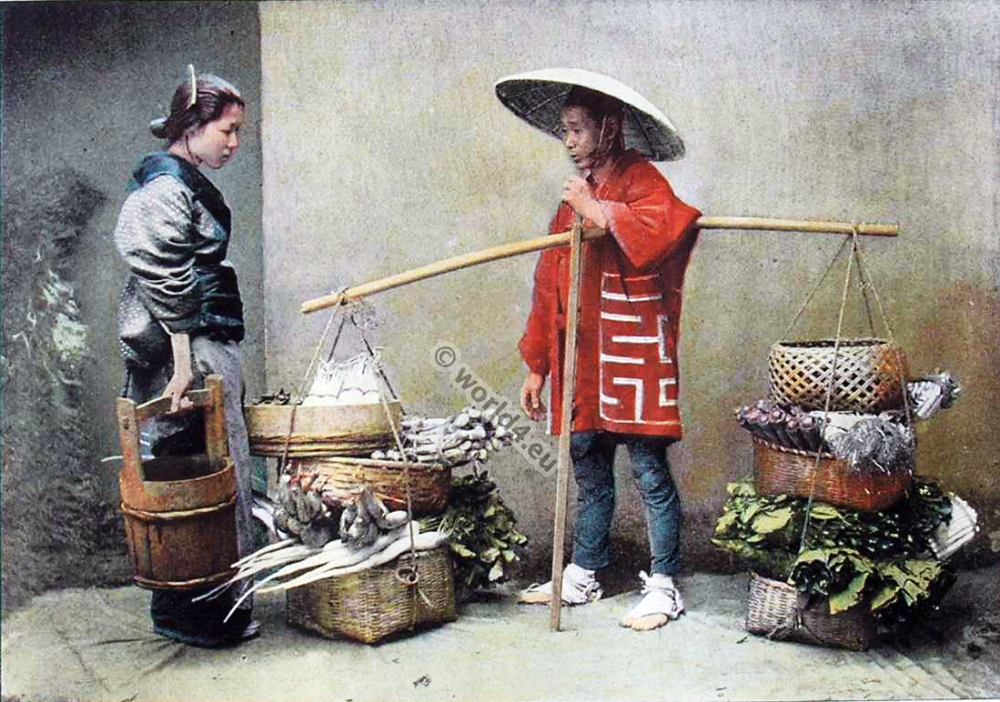
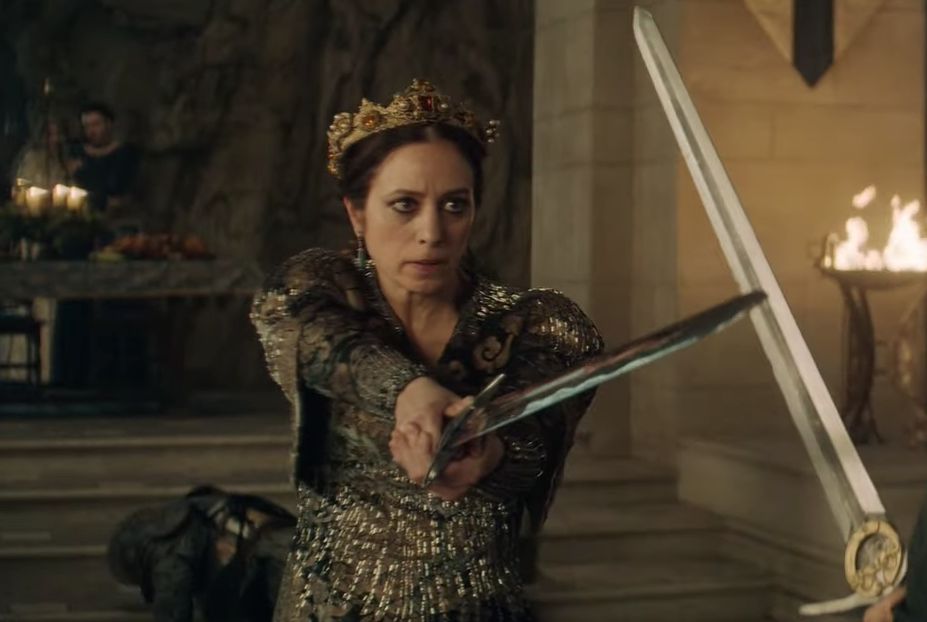


No comments:
Post a Comment